Dnd 3 5 Does Darkness Stop Continual Flame
The 3rd edition ofAdvanced Dungeons & Dragons - shortened to Dungeons & Dragons with the removal of other product lines - was the first version made by Wizards of the Coast after acquiring the license from TSR. A radical overhaul to the game's first and second editions, it unified the game's mechanics and promoted character customization.
With the runaway success of 5e, many look back at 3e and particularly its longer-lasting 3.5 update as old-fashioned and clunkier than current rules. There is truth to that statement, but the edition nonetheless has strengths of its own that explain why, to this day, many groups are still happy to play it.
10/10 A Wider Variety Of Character Options
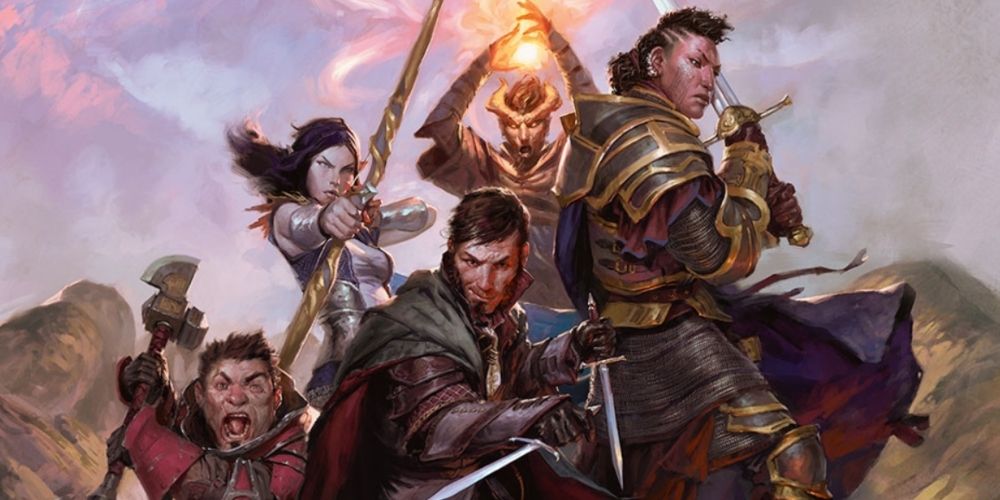
One of the main focuses of 3.5 is the ability to create a truly unique character from the wide array of classes, races, and feats. Derisively referred to as "playing with spreadsheets," 3.5 had thousands of possibilities in its core rulebooks alone, and character-building remains a huge part of its community discussion.
D&D 5e is by no means lacking in character customization. But some find it to be somewhat limited in comparison to what came before, especially with feats being rarer and more costly to take. As such, for players who really love building characters, 3.5 is a good choice.
9/10 More Frequent Content Releases
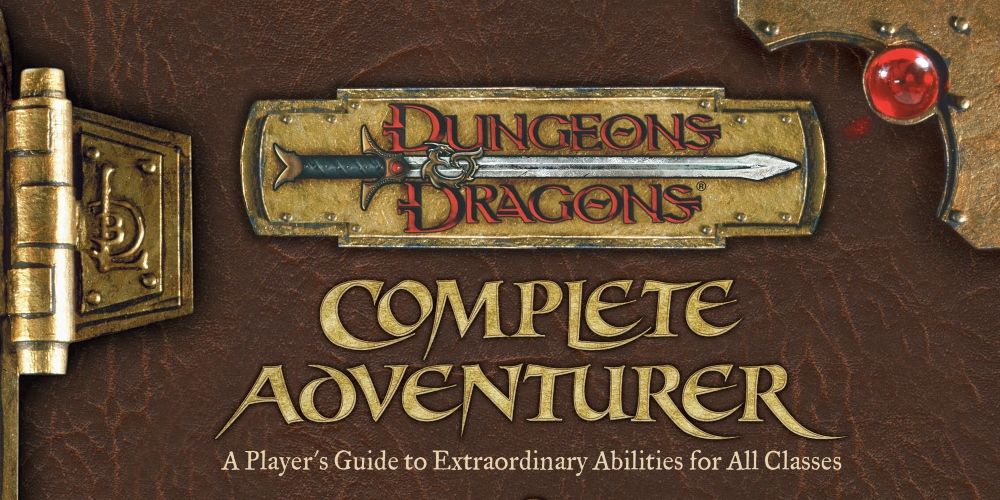
Players of all kinds of games enjoy getting new content, andDungeons & Dragonsplayers are no different. In 5e, books with many character options likeXanathar's Guide to Everything orTasha's Cauldron of Everything are eagerly awaited by the player base and rabidly discussed shortly after release.
The downside is that these books are often released years apart, with minimal character options given between them. In 3.5, this wasn't the case, with fresh character options books released every few months. The downside, of course, is that many options were poorly-tested, resulting in unbalanced or poorly-functioning classes, spells, and feats.
8/10 Distinct And Different Weapons
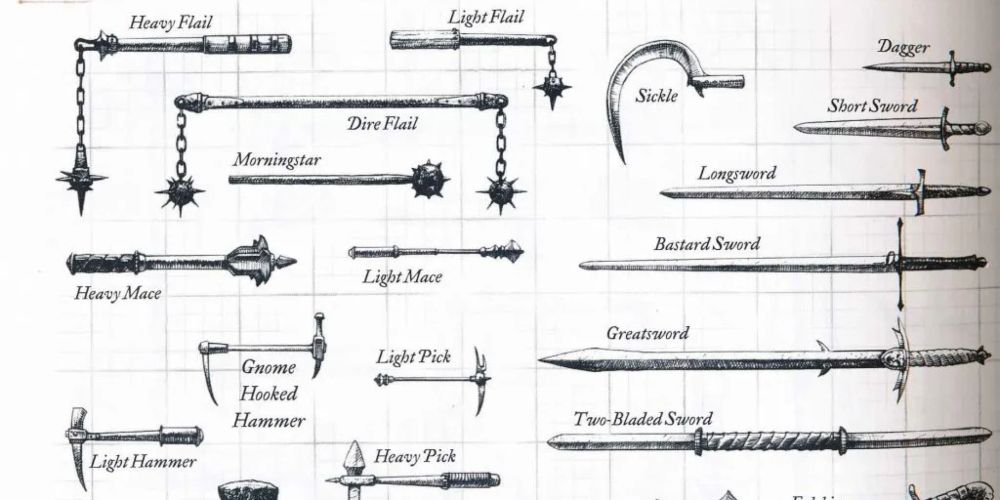
A common criticism of the weapons in 5e is that, outside of broad groupings like 'bows', 'crossbows', 'two-handed weapons', 'finesse weapons', etc., they often feel very similar. They typically have a damage die, a range, and one or two features that are mostly restrictions on wielding them.
Conversely, 3.5 was filled with page after page of weapons, each with its own features, special rules, and more. A fighter wielding a longsword and one wielding a battleaxe have no appreciable difference in 5e, but had some differences in 3.5. Additionally, there were plenty of stanger options available. This reduction in variety is seen by some as a downside in 5e, and by others as an increase in simplicity worth the trade.
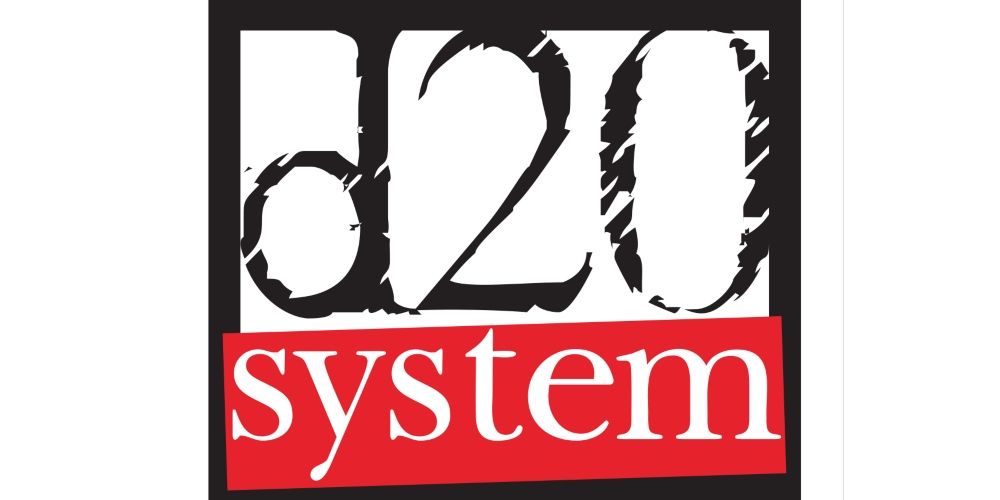
One of the most surprising things about 3e and 3.5 was the "Open Game License" released by Wizards of the Coast. In essence, it made the vast majority of the game's rules free to any other designers who wished to make use of them. An unprecedented move, it had massive effects on both the D&D community and the wider TTRPG industry.
Although the Open Game License faced criticism for reducing market diversity and for making many companies have to rely on a D&D-esque 'd20 System' regardless of whether it suited their game, it was hugely helpful to the community in aiding fledgling designers and creating a huge volume of content. 5e's license for sites like DM's Guild is more restrictive in the eyes of many.
6/10 A Large Number Of Classic Settings
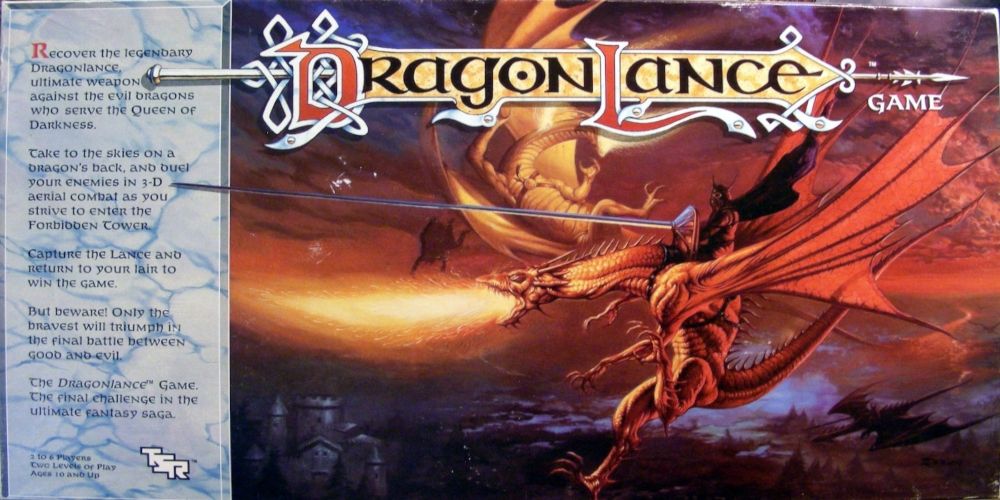
Many Dungeon Masters prefer to set their game in a homebrew setting, creating their own world, history, NPCs, and sometimes even gods from scratch. Nonetheless, many others like to use pre-existing settings, of which D&D has had a great many across its history.
The release of settings has been slow for 5e,although it has been picking up in recent years. There has been a focus on settings fromMagic: the Gathering rather than classic and well-loved settings from D&D itself. 3.5 had many settings available to it, both original and from older editions, including Greyhawk, Dragonlance, and the always-popular Forgotten Realms.
5/10 A Better Dungeon Master's Guide

Of the three core books for D&D 5e, theDungeon Master's Guide is the most frequently criticized and overlooked, with many viewing it as little more than a collection of vaguely useful tips, alongside a lot of worldbuilding information. Part of this is due to the book's layout, frontloading in-universe points rather than information on running a game.
Although not the most well-regarded DMG in the history ofDungeons & Dragons, the guide for 3.5 has a better reputation than that of 5e, especially for new DMs. It explains in well-laid out and easily-findable sections how to manage a table's atmosphere, design a range of adventures, distribute magic items, and more. The book is very useful for any Dungeon Master.
4/10 A Greater Degree Of Danger For Those Who Want It
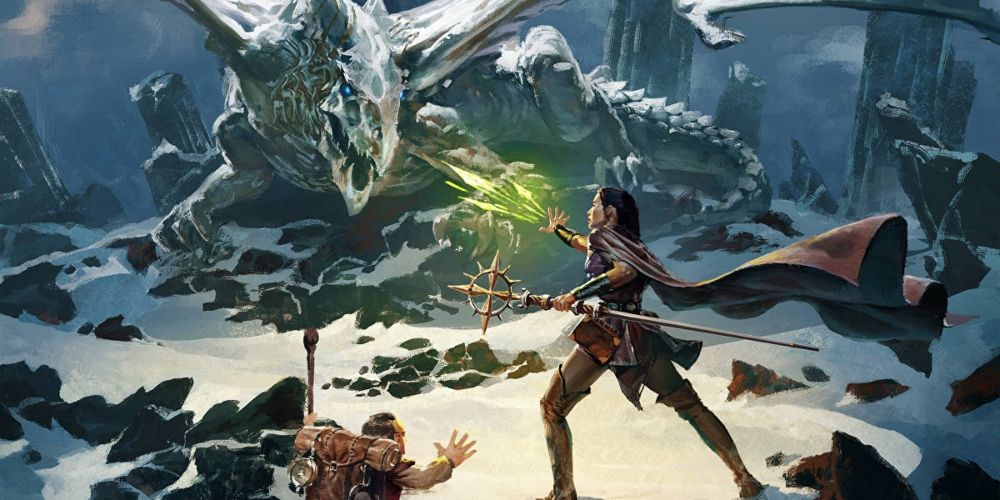
As with video games, many who play tabletop games have different feelings about difficulty. Some people seek out a challenge and enjoy prevailing against the odds, while others enjoy a more relaxed game with a fairly sure chance of success. Both are valid but are often better-served by different games.
Of course, a DM can often make it easier or harder at their whim but often a game's design will inform its difficulty in some ways.5e is well-known for, as written, being difficult to die in, especially when compared to earlier editions. For those who prefer risk and danger, 3.5 might be a better choice.
3/10 Better Martial Classes Towards The End Of Its Time
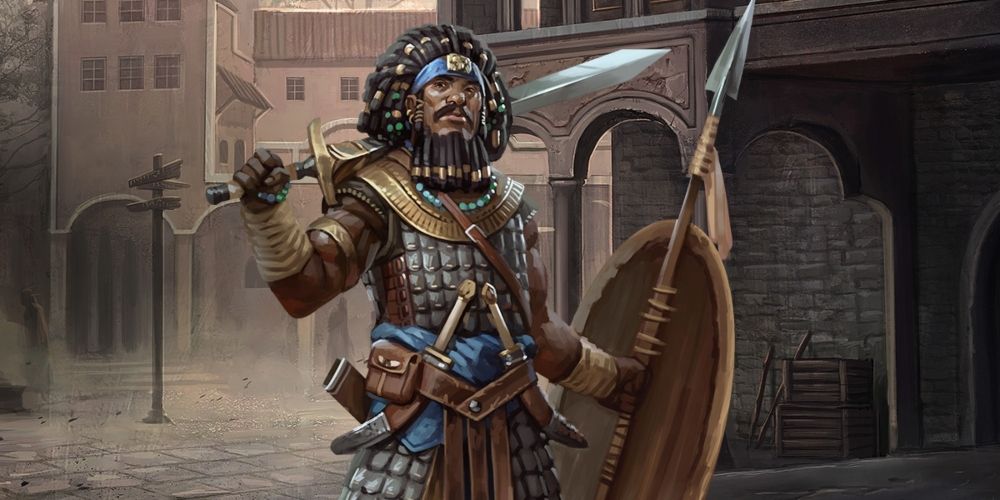
For a long time, 3.5 was a notorious symbol of the divide in power between "caster" characters and "martials". After a few levels, casters could often solo encounters or change the course of adventures with a single spell, while martials learned to swing their swords twice in six seconds.
5e suffers from the same problem to a lesser degree, but over its course, 3.5 began to adapt. While balance was never achieved, new books began creating stranger and more powerful martial classes with truly epic powers. While not a perfect solution, many preferred those classes to 5e attempting - and possibly failing - to make more mundane characters compete with the still top-tier wizard.
2/10 More Creative Monster Design
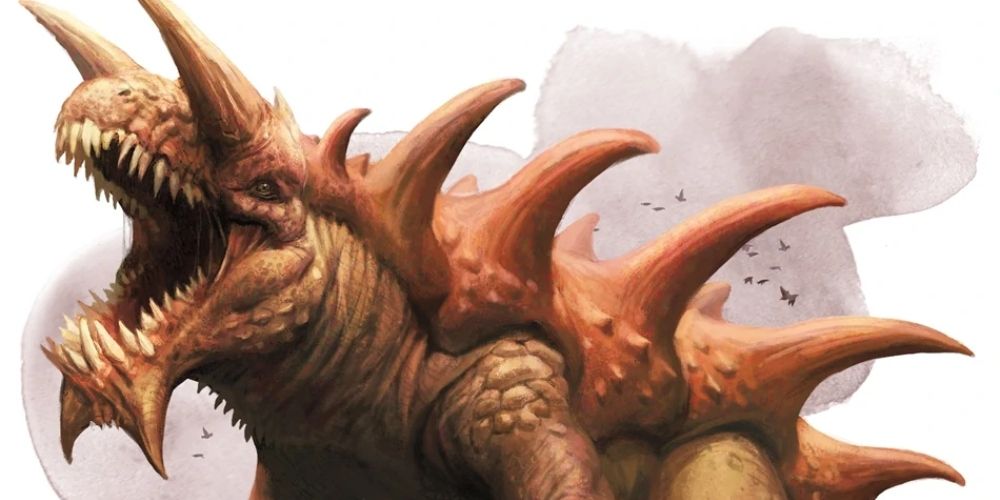
A common criticism of 5e is in its monster design. Although the game's creativity has increased in many areas, a great number of its monsters are considered by fans to be little more than bags of hit points that can attack. Monsters with battle-changing special abilities or unique powers do exist, but they are comparatively rare.
In 3.5, these monsters were more common, with many creatures having something to set them apart from one another. Although monsters that were just hit points and attacks existed, more had resistances, vulnerabilities, status effects, weaknesses, and more to encourage creativity in their combats, something 5e can lack at times.
1/10 A Stronger Sense Of Progression, Especially With Prestige Classes

In many ways, the point ofDungeons & Dragons is progression. Alongside rewarding storytelling, the main benefit of going on adventure, recovering treasure, and fighting great evil is becoming more powerful, gaining interesting new abilities and becoming capable of overcoming stronger obstacles.
D&D 5e still absolutely delivers on this fantasy, but many view the sense of progression to be stronger in 3.5, especially with prestige classes. Although players are typically glad 5e got rid of 3.5's big numbers for the sake of big numbers, many miss the feeling that comes with leaving their base class and becoming an Initiate of the Seven-Fold Veil or a Risen Martyr.
richardsonsithered.blogspot.com
Source: https://www.cbr.com/dungeons-dragons-things-3-5-does-better-than-5e/
0 Response to "Dnd 3 5 Does Darkness Stop Continual Flame"
Enregistrer un commentaire